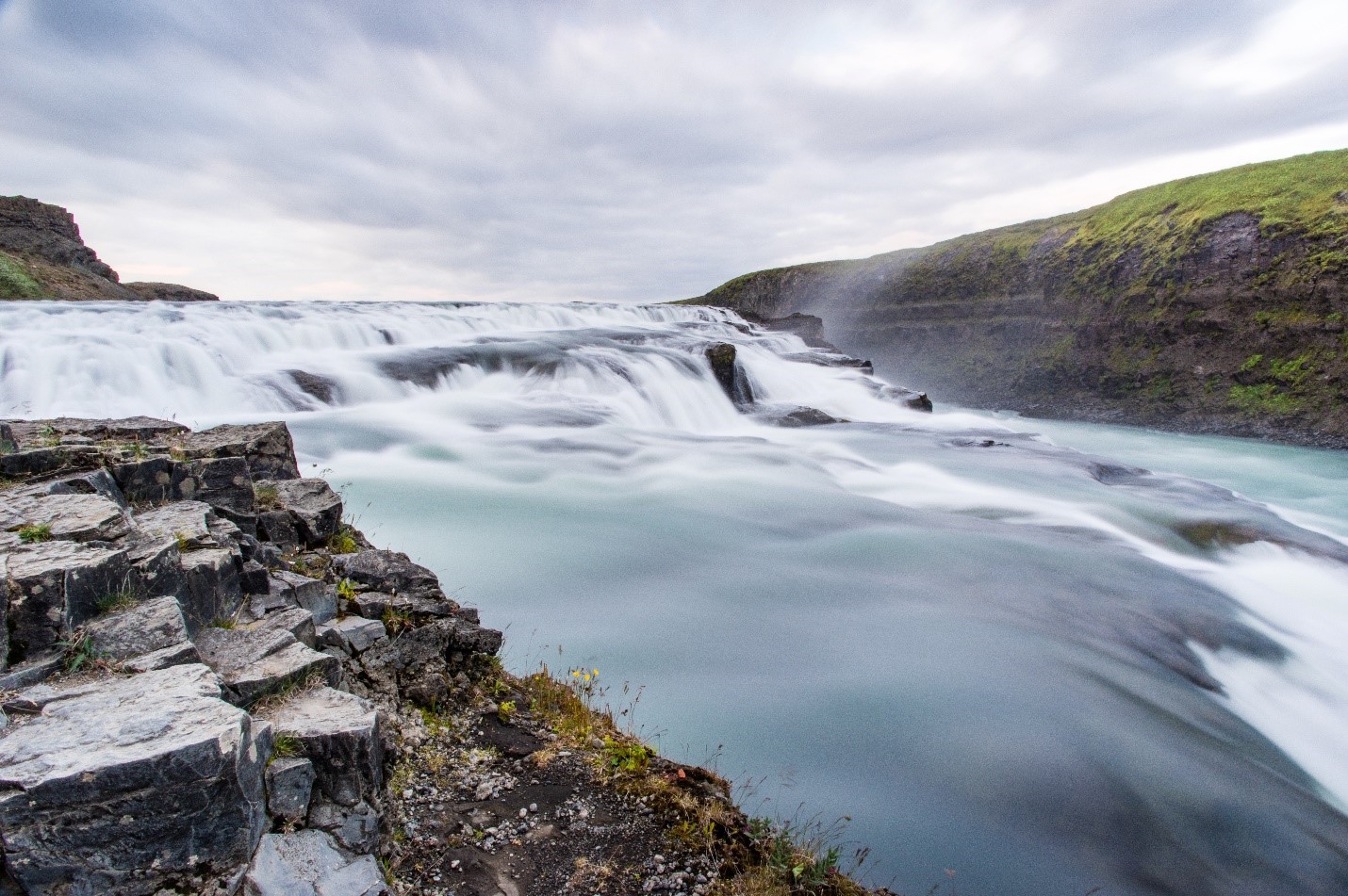Clean drinking water is critical to all life, but unfortunately it is not easily available for everyone around the globe. According to the World Health Organization, nearly a billion people around the world lack a basic drinking water service, and at least two billion use a drinking water source that is contaminated with feces.
This situation will only become more acute as populations grow and the planet continues to warm. In fact, WHO suggests that by 2025 nearly half of the world’s population will have a difficult time accessing clean, drinkable water. In areas already stricken by drought or lacking in water sanitation facilities, things will only become direr as climate change exacerbates the strain on water resources. Beyond the immediate humanitarian impact of water shortages, the Intergovernmental Panel on Climate Change (IPCC) noted that water availability and quality could become a primary pressure point for society under climate change. Given this, it’s no surprise that access to water routinely makes the top five of the list of global risks identified annually by the World Economic Forum.
This view of the future, of course, presumes we continue business as usual. But water is in the midst of a digital transformation that promises a much brighter future, and nowhere is this more apparent than at World Water Week. I had the pleasure of attending this yearly event on behalf of Microsoft last week, delivering our vision of the promise of technology to address both water quality and quantity issues. I was joined by hundreds of governments, businesses and civil society leaders, who also shared their reasons for being optimistic about the future of water.
In addition to speaking, we made a new commitment. Microsoft is proud to join the UN CEO Water Mandate, a collaborative effort of corporations and NGOs designed to assist companies in the development, implementation and disclosure of corporate water stewardship practices and policies.
We’ve diligently pursued water stewardship across our global operations, and one of our most ambitious projects was our new Silicon Valley campus. Last year, we announced that campus would be one of the first net-zero potable water tech campuses in the world. 100% of the buildings non-drinking water will come from rainfall or on-site recycled water – beyond drinking fountains and sinks not a drop of water for more than 2,000 employees and 15 acres of landscape will come from municipal sources. In addition, we’re designing our campus with the nearby wetlands in mind and taking steps to improve our local water environment.
As a global technology company, we know we can have an even greater impact by empowering others beyond our four walls. One example of how we’ve applied technology to the water space is the Water Risk Monetizer, a powerful tool built in partnership with Ecolab and Trucost. The tool shows the costs of using water in every step of business operation, from manufacturing to delivery, and can give companies an idea of how those costs will increase if water becomes a limited resource. This helps them manage water more effectively and has the potential to reduce water consumption in many different industries.
We’re also working to apply AI to the issue of water. Through our AI for Earth program, a $50M over five-year program, Microsoft is putting AI tools into the hands of individuals and organizations working on the frontlines of environmental challenges, including water. To date, 20 percent of our 137 AI for Earth grantees are working on water-related projects. Our grantees work on the breadth of issues – some use AI to map coastal ecosystems to create a more accurate view of coastal resilience and inform real-time conservation and disaster response efforts, while others work on the impact of storm water or Superfund sites on local water resources, and still others are working to better predict, track and prevent floods. We’re particularly excited about the use of AI to inform and address water scarcity. WetDATA is creating a water data and innovation hub that collects and disseminates information on water scarcity and risks to drive informed, data-driven, decisions regarding water practices. They also encourage researchers to discover and innovate new ways to conserve water with the hopes of driving water sustainability in a myriad of industries.
We’re looking forward to expanding our work, both within our operations and through AI for Earth, in the coming year. After a week at SIWI, I’m even more encouraged about the digital transformation of water. We think that the glass is half full of water solutions already and are confident that those working on today’s pressing water challenges will be able to use AI and machine learning to fill the glass the rest of the way.

